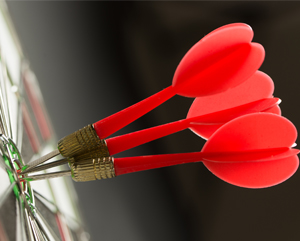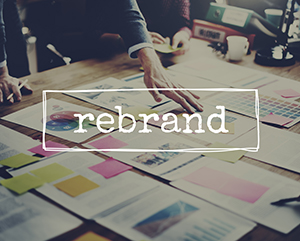3 marketing takeaways from the Olympics
Played out on a global stage, the Olympics is far more than an international sporting event. For many marketers it is the chance to reach a global audience, spread their message and align themselves with one of the biggest institutions in the world.
With medal tallies creeping ever higher and speculation about the closing ceremony beginning to flourish, there’s no time like the present to take a look at what the marketing industry marketers can learn from this year’s Olympics.
1. It’s (still) all about content
Campaign Live has argued that whereas London 2012 was hailed as the “social Olympics”, this time around it is the turn of content to shine.
The value of content marketing is not new, but for Campaign Live what has been important this time is the pairing of content with live technologies that have gained traction in the four years since London. With Facebook Live, Periscope and Snapchat now a staple of many users’ technology mix, it is argued there are ‘new formats for brands to leverage and engage consumers’.
Samsung is just one Olympic brand that has embraced a content-led strategy with the resurrection of its’ “School of…” adverts. Starring Jack Whitehall and an array of team GB stars, Samsung have created an entertaining and shareable series of videos. They have proved content to be central to Olympic marketing success.
2. Know your regulation
One of the biggest criticisms of marketing at the Olympics is that the tough marketing regulation often prevents smaller, non-sponsoring brands from being involved in the Games.
There is an astronomical price tag of being an official Olympic partner. So, it is not surprising that Rio’s partner and sponsor line up reads like a who’s who of the biggest international brands. Everyone from Coca Cola to McDonalds, P&G to Visa, Nissan to Cisco making the cut.
Dating back to the 1996 Atlanta Games, the regulations set by the International Olympic Committee (IOC). They are ruthlessly unforgiving when it comes to non-sponsor involvement.
While in many situations guerrilla marketing, careful brand placement and bold campaigns are celebrated by marketers. Knowing your regulation and when not to push the boundaries is an important lesson to take away.
3. Creating a connection is valuable
It is easy to fall into the trap of thinking that at reach should be your primary focus at events. However, it is in fact creating meaningful and lasting connections that have proven to be successful.
For Marketing Tech News, interaction, tailored ‘moment’ advertising and the ability to hold attention are just some of the things marketers should emulate. They’re vital to create a lasting connection with the intended audience.
Pointing to Nissan’s ‘Be the heartbeat of Britain’ campaign and Kellogg’s #GreatStarts as good examples of cross-channel marketing. These campaigns were designed to connect with consumers, Marketing Tech News concludes;
‘There is no doubt that scale is paramount for global events like the Olympics, yet developing strong, lasting connections with fans should be a higher priority than pure reach.’
Brands and audiences alike will soon move beyond the flurry of Olympics marketing and look towards the autumn season. These lessons, however, are important takeaways for brands big and small. They will remain valuable for anyone looking to improve their strategy in the coming months.
Want to talk about your next marketing campaign? Get in touch with the team at Think OTB.




